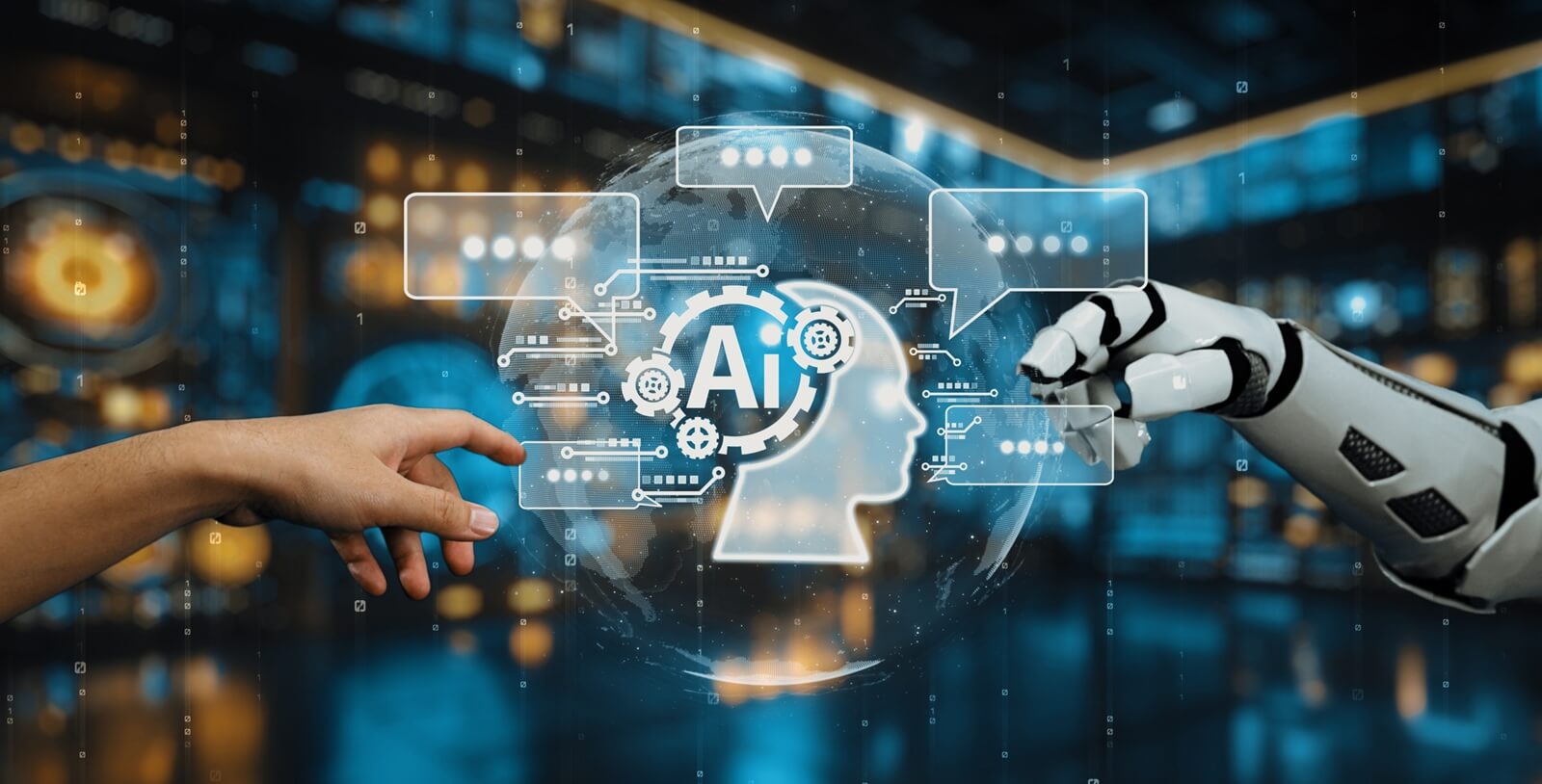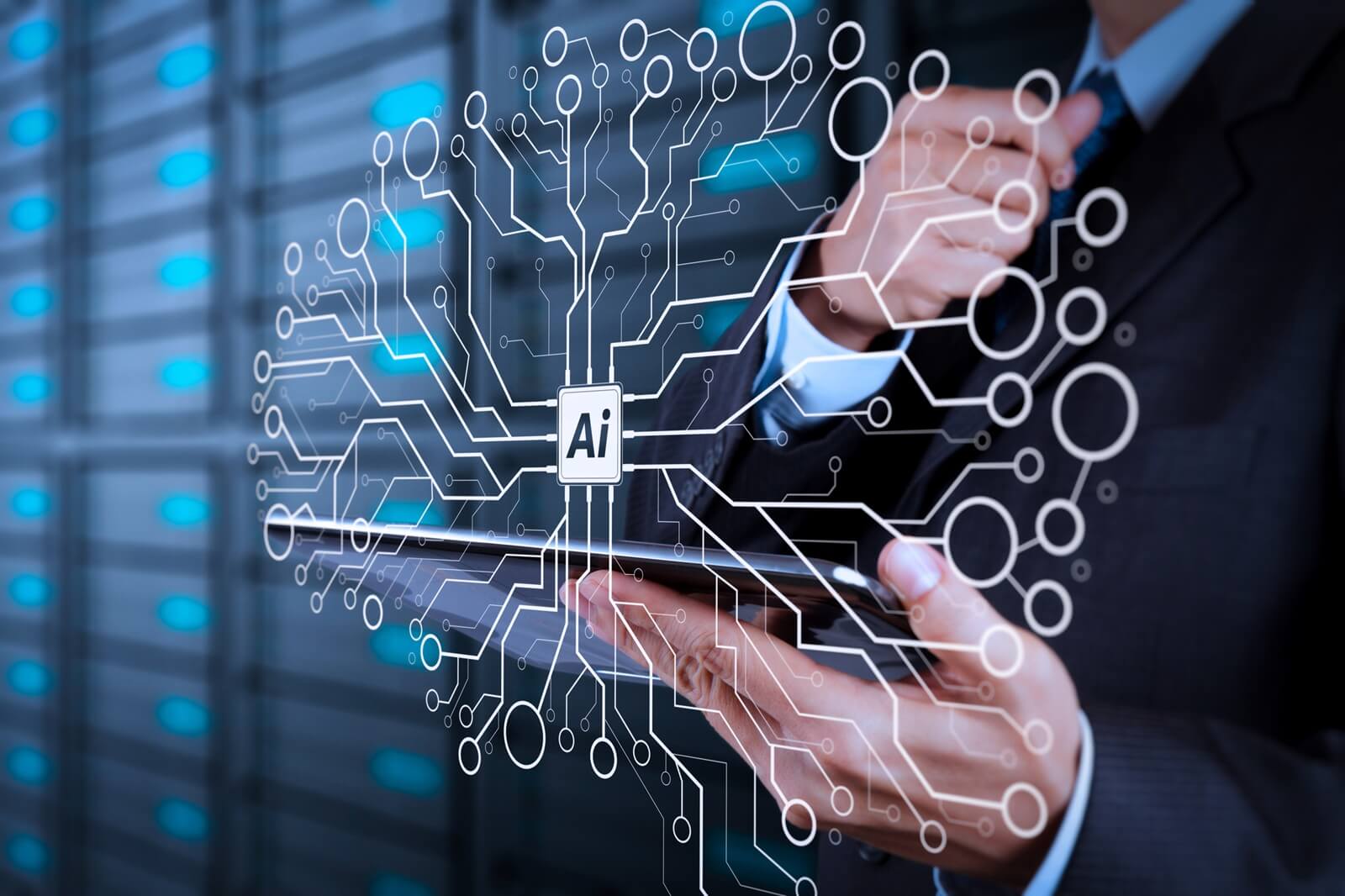Engineering has always been a discipline of precision, but in the digital era, precision must now coexist with speed, integration, and adaptability. Complex projects—bridges, energy systems, manufacturing plants—require synchronization across multiple disciplines and software environments. Yet, as timelines shrink and expectations grow, even the most advanced firms struggle with fragmented project visibility and inconsistent performance.
Despite the widespread use of design software, many engineering workflows remain constrained by outdated management practices. Timelines stretch, costs escalate, and miscommunication leads to unnecessary rework. The invisible inefficiency within project management systems drains resources and erodes profitability.
AI in project management introduces a paradigm shift. By combining automation, data analytics, and predictive intelligence, artificial intelligence transforms static workflows into dynamic ecosystems. It learns, adapts, and optimizes continuously—empowering engineers to deliver projects with greater accuracy and less administrative friction.
At Stealth Technology Group, this transformation is driven by AI-driven project analytics embedded into hosted engineering platforms. The result is an intelligent framework that enhances coordination, reduces delays, and turns every project decision into an informed, data-backed action.

1. The New Engineering Equation: Time, Accuracy, and Complexity
Engineering projects now operate at an unprecedented scale of interdependency. Every structural calculation, materials shipment, or environmental constraint affects the broader project timeline. Traditional management systems, designed for sequential workflows, cannot keep pace with this multidimensional complexity.
A 2024 McKinsey Global Institute report found that 70 percent of engineering projects experience schedule deviations exceeding 20 percent of planned timelines. These deviations often arise not from technical failure but from an inability to process and act on real-time data.
AI addresses this by using adaptive modeling to evaluate variables simultaneously. By correlating past performance data with live operational conditions, AI engineering workflows continuously refine schedules, flag emerging risks, and reallocate resources. The result is an ecosystem that thrives on complexity rather than collapsing under it.
2. Where Traditional Project Management Falls Short
Conventional project management relies on static systems that provide visibility but not foresight. Tools like spreadsheets, task trackers, and milestone reports capture only fragments of the overall picture. This limitation results in decision-making that reacts to problems after they occur instead of preventing them.
Engineering teams often waste valuable hours reconciling inconsistent data from different departments. The absence of automation means every update requires human intervention, creating opportunities for delay and error. When these inefficiencies compound across multiple projects, they can undermine entire operations.
AI resolves these weaknesses by introducing self-updating systems that adapt automatically. Through integrated learning, AI in project management identifies process bottlenecks, anticipates resource shortfalls, and aligns activity sequences in real time. Instead of constant re-planning, teams gain a self-correcting workflow that evolves in tandem with project progress.
3. The Rise of AI in Engineering Operations
Artificial intelligence is redefining how engineering organizations operate. It transforms isolated management tasks into continuous processes governed by learning algorithms. AI doesn’t simply collect data; it interprets context, predicts outcomes, and proposes solutions long before human managers would typically act.
These predictive capabilities rely on vast datasets—design histories, productivity benchmarks, environmental conditions, and even communication patterns. When processed collectively, they reveal inefficiencies invisible to traditional systems.
A Research 2025 found that AI-driven project management systems improved delivery speeds by 22 percent and reduced operating costs by 17 percent. Such performance gains reflect the cumulative impact of incremental automation, proactive scheduling, and precise resource utilization—all orchestrated by intelligent technology.
4. Automating Scheduling and Resource Allocation
Scheduling remains the foundation of engineering project management, yet it is often the most fragile element. Delays cascade quickly because one missed dependency can stall dozens of downstream activities. Manual scheduling cannot react to constant change, leaving teams vulnerable to disruption.
AI scheduling tools eliminate these vulnerabilities through adaptive automation. Machine learning models analyze years of project data to optimize task sequencing and duration. They also simulate thousands of potential scheduling scenarios to identify the most efficient paths.
Key Advantages of AI Scheduling Automation
- Dynamic Rescheduling: AI continuously recalculates timelines as new data arrives, minimizing downtime caused by unexpected changes.
- Skill-Based Allocation: Systems match personnel capabilities with task requirements, ensuring optimal utilization of talent.
- Predictive Alerts: Potential bottlenecks are identified days before they occur, allowing proactive intervention.
- Weather and Supply Integration: External factors like weather forecasts or delivery delays are automatically incorporated into updated schedules.
Through these capabilities, AI ensures that engineering resources are deployed precisely where they are needed most. It transforms scheduling from a reactive necessity into a predictive science that safeguards time and quality simultaneously.

5. Predictive Cost Estimation: AI as a Financial Ally
In an era of volatile markets and globalized supply chains, traditional cost estimation has become increasingly unreliable. Manual methods often fail to account for dynamic variables such as inflation, transportation costs, and material shortages. The resulting budget variance undermines both profitability and stakeholder confidence.
AI systems provide a data-driven alternative. Using predictive algorithms, they evaluate historical pricing data, supplier reliability, and market conditions to generate accurate cost forecasts. The moment a parameter changes—such as a steel price increase or shipment delay—the system recalculates budget impacts and updates projections in real time.
This automation reduces human bias and improves cost visibility across departments. A Deloitte engineering study in 2024 found that firms using AI-based cost estimation achieved 28 percent better accuracy and significantly reduced procurement-related delays. AI doesn’t just calculate costs; it helps firms understand their financial exposure before it becomes a problem.
By integrating predictive estimation into ongoing project analytics, engineers can make timely budget adjustments, preserving both margins and trust.
6. Workflow Intelligence: Coordination Without Friction
Large-scale engineering projects often require coordination between multiple disciplines—civil, mechanical, electrical, and structural—each operating with its own tools and data formats. Traditional coordination relies heavily on manual communication, which is time-consuming and error-prone.
AI-powered workflow intelligence resolves this fragmentation. It acts as an intermediary layer that harmonizes data exchange across all software environments. As tasks progress, AI systems automatically update dependencies, notify teams of changes, and synchronize revisions.
These continuous updates create real-time transparency. Managers can monitor productivity and task completion rates without relying on manual status reports. This transparency fosters accountability, as each team operates with full visibility into project interdependencies.
Through this orchestration, AI engineering workflows establish coordination that scales naturally with project complexity. Friction diminishes, collaboration improves, and operational consistency becomes the new norm.
7. Integrating AI Analytics with Engineering Platforms
The true power of AI lies in its ability to function seamlessly within existing systems rather than as an external add-on. Engineering firms rely on platforms such as Revit, AutoCAD, SolidWorks, and Trimble to manage their designs, models, and operational data. When these tools operate in isolation, valuable insights remain siloed and inaccessible.
Stealth Technology Group bridges this divide by embedding AI-driven project analytics directly within these hosted environments. Through integration, every design update, schedule adjustment, and procurement change feeds into a centralized intelligence engine that evaluates project performance in real time.
The result is a unified operational view. Managers gain instant access to metrics on budget health, timeline adherence, and resource utilization without switching between platforms. This holistic visibility transforms traditional project management into an informed, strategic discipline backed by real-time intelligence.
8. The Stealth Technology Group Edge: Data-Driven Project Optimization
Stealth Technology Group delivers an integrated framework that redefines how engineering firms manage projects. Its architecture combines infrastructure reliability with advanced AI intelligence to achieve a level of performance unattainable through traditional systems.
Stealth’s Three-Layer AI Optimization Framework
- Predictive Insight Layer: This component analyzes live project data, detecting subtle anomalies and forecasting potential risks with high accuracy. It evolves with every project iteration, enhancing precision through continuous learning.
- Automated Optimization Layer: Once issues are detected, AI autonomously applies corrective measures such as reallocating resources, resequencing tasks, or adjusting cost parameters. This ensures that workflows maintain equilibrium even under changing conditions.
- Performance Visibility Layer: Real-time dashboards consolidate financial, operational, and scheduling metrics, providing executives with actionable intelligence at a glance. This allows decision-making grounded in live analytics rather than static reports.
Together, these layers establish an intelligent foundation for project optimization. By aligning prediction with execution, Stealth Technology Group empowers firms to eliminate inefficiencies, enhance accountability, and sustain consistent delivery performance across multiple projects.

Summary
Engineering excellence today requires more than technical precision—it demands intelligent orchestration. AI in project management has emerged as the essential link between design innovation and execution efficiency. By integrating automation with predictive analytics, engineering firms can transform scheduling, budgeting, and coordination into interconnected, self-correcting systems.
AI scheduling tools deliver continuous adaptation, ensuring that every resource and deadline remains aligned with real-world constraints. Predictive cost estimation introduces financial transparency, while AI-driven coordination fosters communication without friction.
At Stealth Technology Group, our AI engineering workflows represent a redefinition of performance management. By embedding intelligence directly into project platforms, we enable firms to anticipate issues before they escalate and optimize delivery in real time.
The outcome is not incremental improvement—it is transformation. Engineering firms that harness AI will move beyond managing projects to mastering them, achieving a new standard of precision, efficiency, and confidence in every endeavor.




